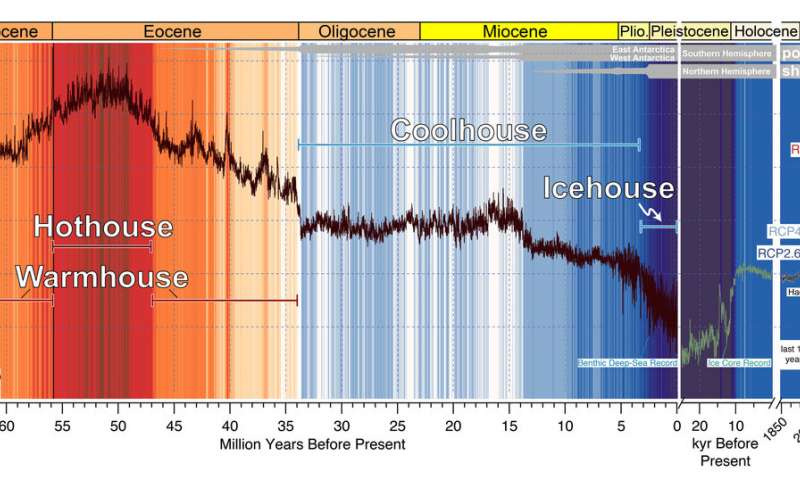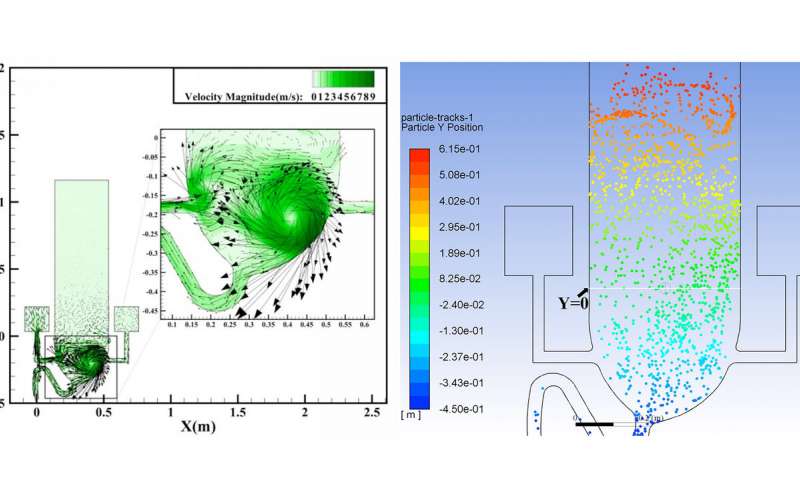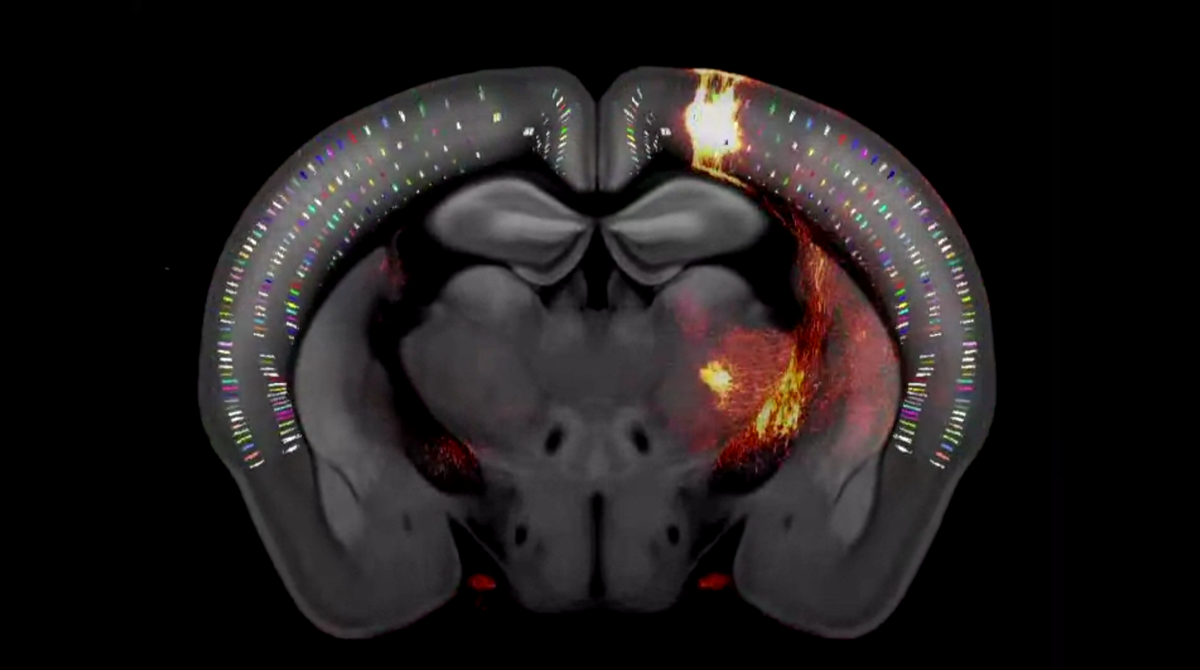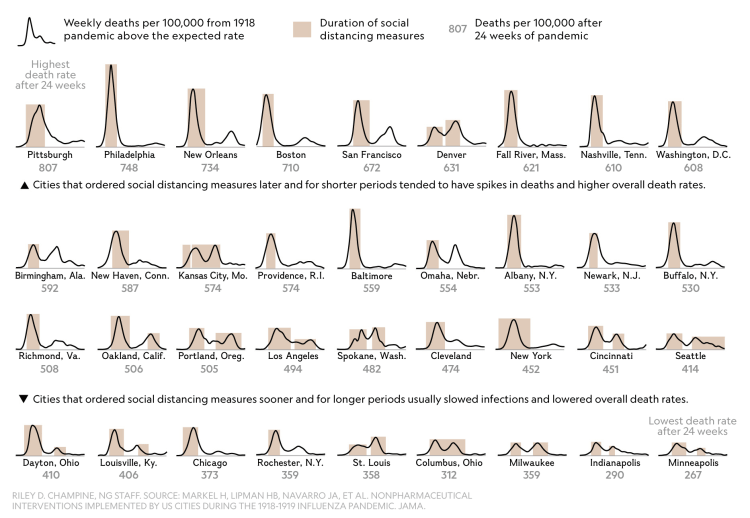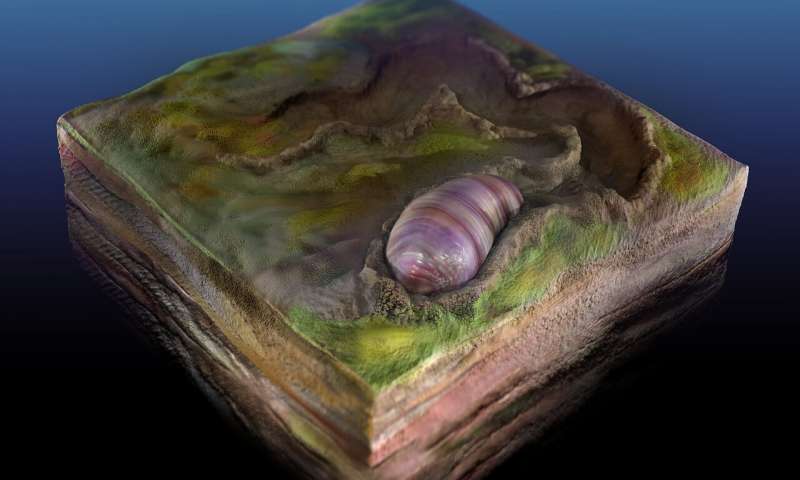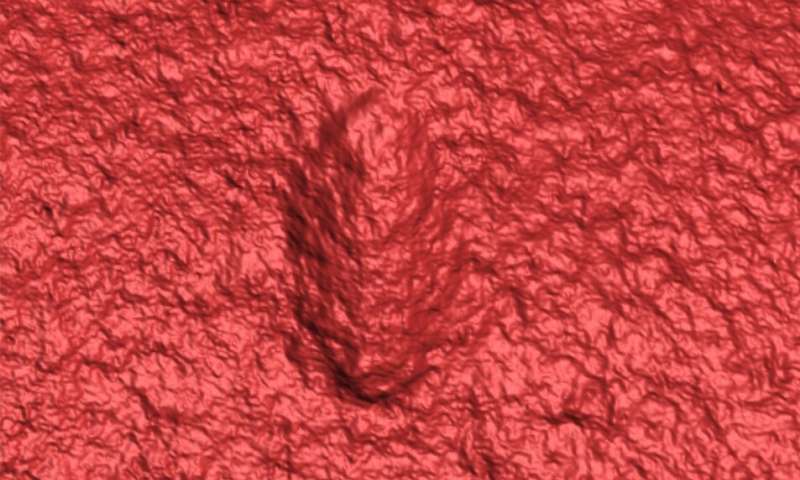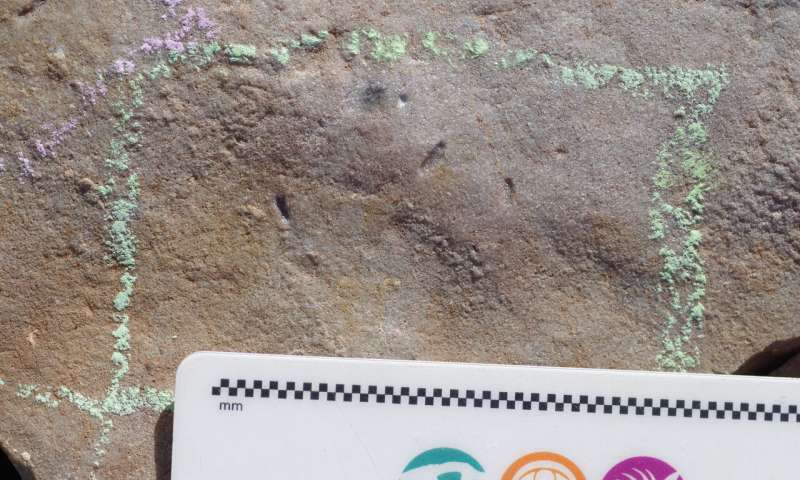Public health crises have spawned conspiracy theories as far back as when the Black Death ravaged Europe in the 1300s, as people desperately try to make sense of the chaotic forces disrupting their lives. While modern science offers a better understanding of how diseases infect people and how to contain them, COVID-19 conspiracy theories are spreading rapidly via social media, unreliable news outlets and from our own political leaders, including U.S. President Donald Trump. The result: many Americans now believe pandemic-related conspiracy theories—and, alarmingly, those same people are less likely to take steps to prevent the virus from spreading.
In a University of Pennsylvania Annenberg Public Policy Center study published Monday in Social Science & Medicine, researchers surveyed a group of 840 U.S. adults—first in late March, and then again in mid-July—to determine how Americans’ beliefs and actions regarding the pandemic changed over time. Overall, they found that COVID-19 conspiracy theories are not only commonplace, they’re gaining traction. Back in March, 28% of people believed a debunked rumor that the Chinese government created the coronavirus as a bioweapon; that number rose to 37% by July. About 24% believed that the U.S. Centers for Disease Control and Prevention exaggerated the virus’ danger to hurt Trump politically despite a lack of evidence; by July, that figure rose to 32%. And in March, about 15% of respondents said they believed that the pharmaceutical industry created the virus to boost drug and vaccine sales—another unfounded theory—compared to 17% in July.
Whether or not someone thinks NASA hired Stanley Kubrick to fake the moon landing has little bearing on the world beyond that person. But in the case of a pandemic—which requires people to follow public health guidance in order to keep one another safe—conspiratorial thinking can have disturbing consequences. Indeed, the Annenberg study found that only 62% of people who were most likely to believe the coronavirus conspiracies said they wear a mask every day when they’re around other people away from home, compared to 95% of non-believers. Furthermore, people who believe COVID-19 conspiracy theories were 2.2 times less likely to say they wanted to receive a vaccine in March; by July, they were 3.5 times less likely to want to be vaccinated.
“Belief in pandemic conspiracy theories appears to be an obstacle to minimizing the spread of COVID-19,” said Dan Romer, Annenberg Public Policy Center research director and a study co-author, in a statement.
Where are people picking up COVID-19 conspiracy theories? Believers were more likely to be heavy users of social media and viewers of conservative media like Fox News, the study found. Meanwhile, people who watch other television news channels were more likely to follow public health guidance and to desire vaccination.
While the researchers say they understand how pandemic conspiracy theories are spreading, they say it’s still a challenge to get believers to reconsider once they’re sucked in. Other research suggests that simply correcting false information doesn’t usually work—and can even cause some people to believe conspiracies even more deeply.
“Conspiracy theories are difficult to displace because they provide explanations for events that are not fully understood, such as the current pandemic, play on people’s distrust of government and other powerful actors, and involve accusations that cannot be easily fact-checked,” said Kathleen Hall Jamieson, Annenberg Public Policy Center director and study co-author, in a statement.
Source: COVID-19 Conspiracy Theories Are a Public Health Threat | Time

